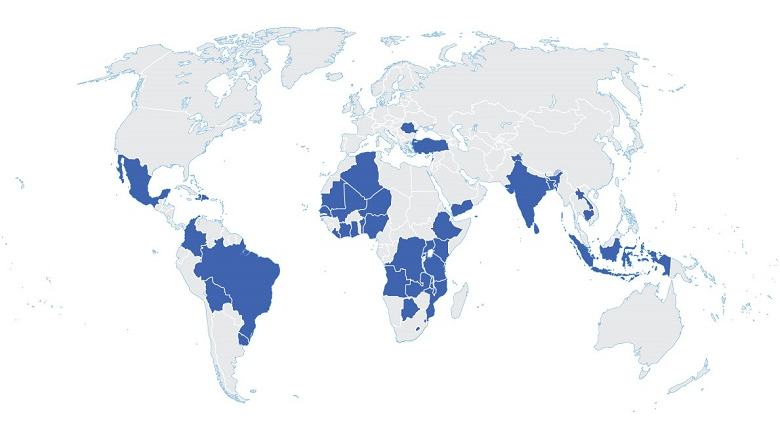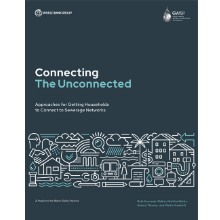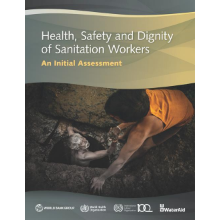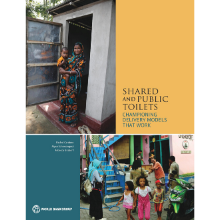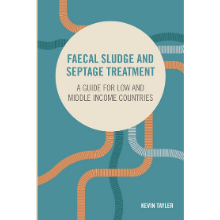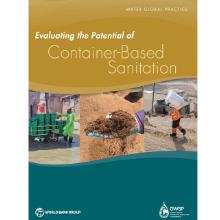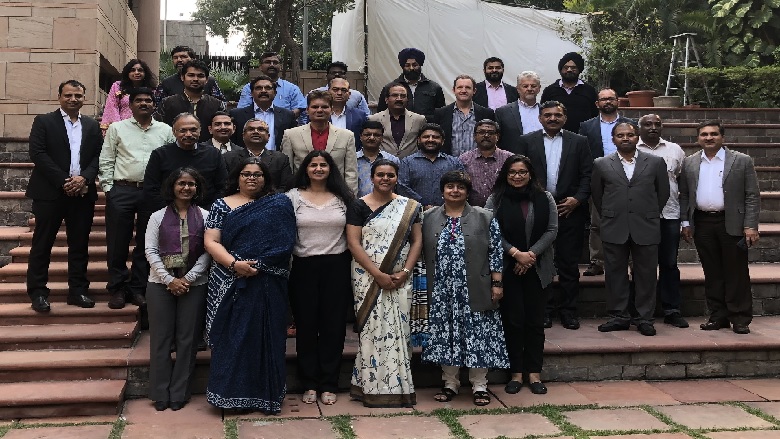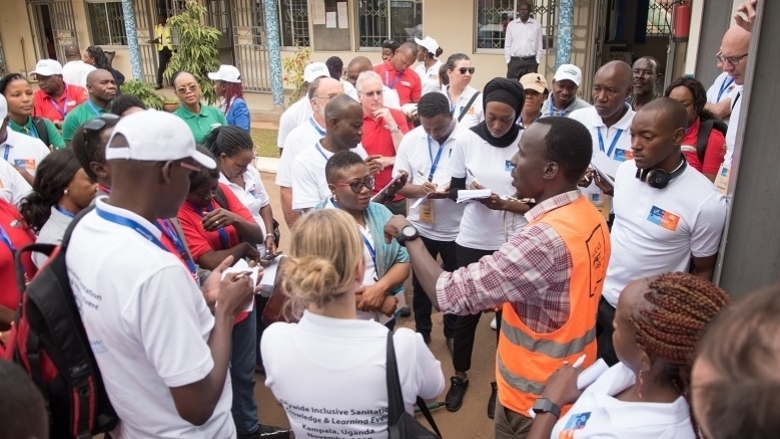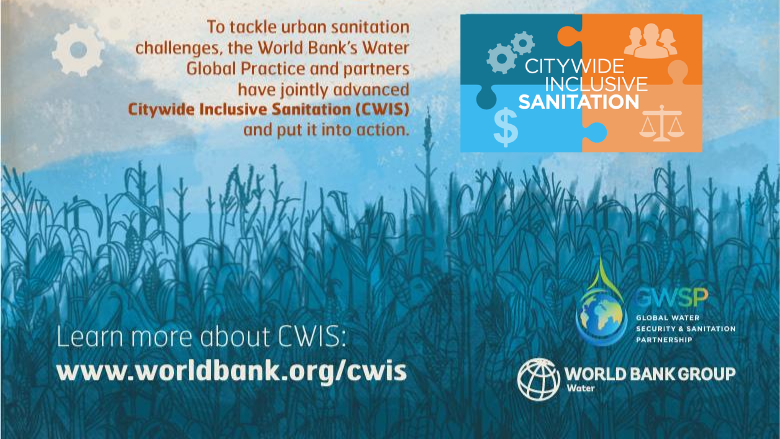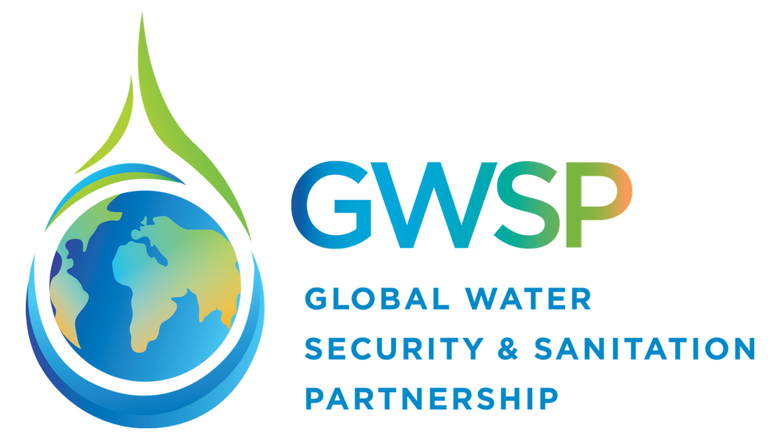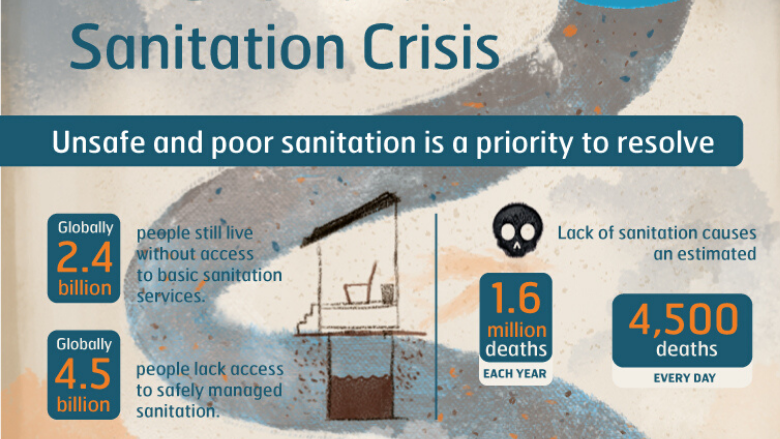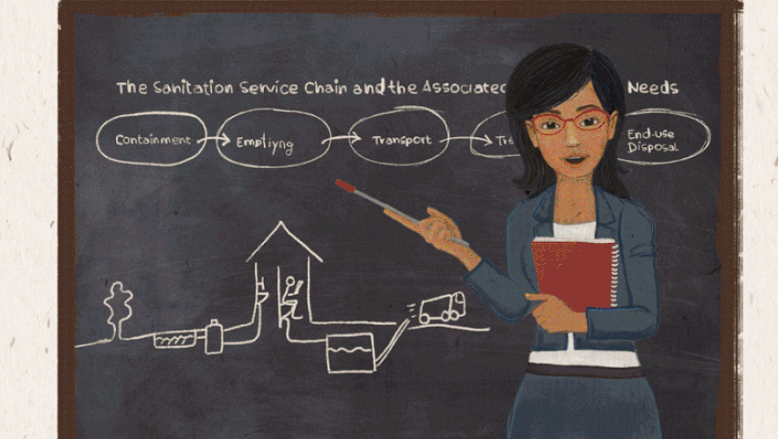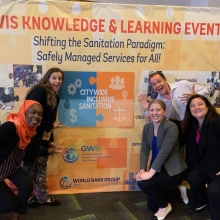
The Global Sanitation Crisis
Urban population growth dramatically outpaces gains in access to safe sanitation. As the world continues to urbanize, the challenges of sanitation will only grow. Not surprisingly, sanitation was an off-track Millennium Development Goal – the target was missed by almost 700 million people. The World Bank helps countries address sanitation challenges: ending open defecation, improving service delivery, and closing the loop from access to sanitation facilities to sustainable management of wastewater and sludge. Learn more in this INFOGRAPHIC .
Moving from the MDGs to the SDGs
The Sustainable Development Goal 6 has drastically changed the focus from access to a household sanitation facility (as was prioritized under the MDGs) to consideration of the full sanitation service chain. Despite 2.1 billion people gaining access to improved toilets or latrines since 1990, we have a long way to go to meet the new SDG target of safely managed sanitation for all.

The World Bank’s Water Global Practice, in partnership with sector development partners (including The Bill & Melinda Gates Foundation, Emory University, The University of Leeds, WaterAid and Plan International), have jointly developed and advanced an approach to tackling urban sanitation challenges, termed Citywide Inclusive Sanitation (CWIS).
CWIS: promoting Business as Unusual
Business as usual in urban sanitation—where conventional sewerage and wastewater treatment are considered as the only solution—will not get us to universal safely managed sanitation. Citywide Inclusive Sanitation (CWIS) looks to shift the urban sanitation paradigm, aiming to ensure everyone has access to safely managed sanitation by promoting a range of solutions—both onsite and sewered, centralized or decentralized—tailored to the realities of the world's burgeoning cities. CWIS means focusing on service provision and its enabling environment, rather than on building infrastructure.
This shift in paradigm to CWIS requires a shift in mindsets. Governments and development agencies increasingly recognize that historic approaches to urban sanitation have not always worked and new approaches are required. Consulting firms need to think differently, and not simply replicate approaches found in high-income countries. Engineering curricula should include the design and management of non-conventional systems and should explore opportunities for leapfrogging to solutions that take full account of the public health and environmental imperatives of urban sanitation. We should rethink the way sanitation infrastructure is funded and challenge approaches that subsidize sewers but not onsite sanitation, that do not embrace innovation and do not consider running costs. CWIS, or business as unusual, requires awareness raising and capacity building, capturing best practices, working in coordination with complementary city services, and the development and use of tools that help better design and implement sustainable urban sanitation services for all.
At the World Bank, we see an important emerging global movement to engage on CWIS by governments and development partners, which provides an unprecedented opportunity to shift the urban sanitation paradigm in the pursuit of universal safely managed sanitation. Learn more about the World Bank’s approach to business as unusual in urban sanitation through our vision of Citywide Inclusive Sanitation and our approach to implementing it in our Frontiers in Environmental Science article.
A CWIS project is where…
- Everybody benefits from adequate sanitation service delivery outcomes that meet user aspirations and that protect the health of users.
- Human waste is safely managed along the whole sanitation service chain ensuring protection of the environment and of human health.
- A diversity of appropriate technical solutions is embraced, combining both on-site and sewered solutions, in either centralized or decentralized systems, with consideration of resource recovery and re-use.
- Cities demonstrate political will, technical and managerial leadership, and identify new and creative long-term funding options for sanitation.
- Institutional arrangements and regulations, with well-aligned incentives, are in place for the operation and maintenance of the full sanitation service chain.
- Funding is allocated for non-infrastructure aspects of service delivery, such as capacity building, household engagement and outreach, and sanitation marketing.
- Complementary urban services, including water supply, drainage, greywater management and solid waste management, are incorporated into sanitation planning.
- Activities are included to target specific unserved and underserved groups, such as women, ethnic minorities, the urban poor and people with disabilities.
Watch the videos below to learn more about business as unusual in urban sanitation service provision | |
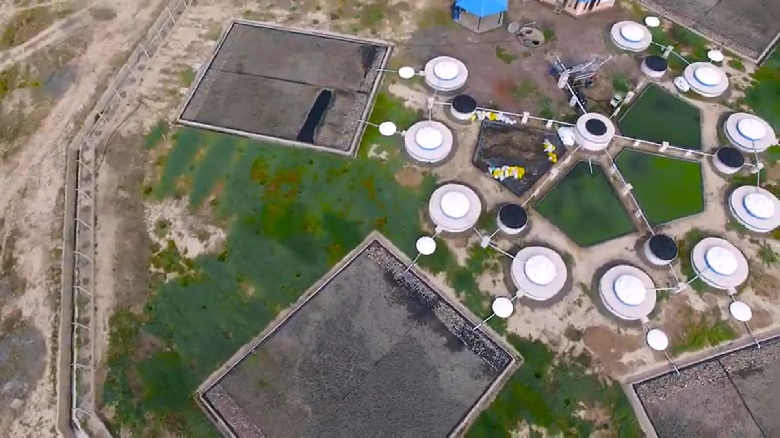 | |
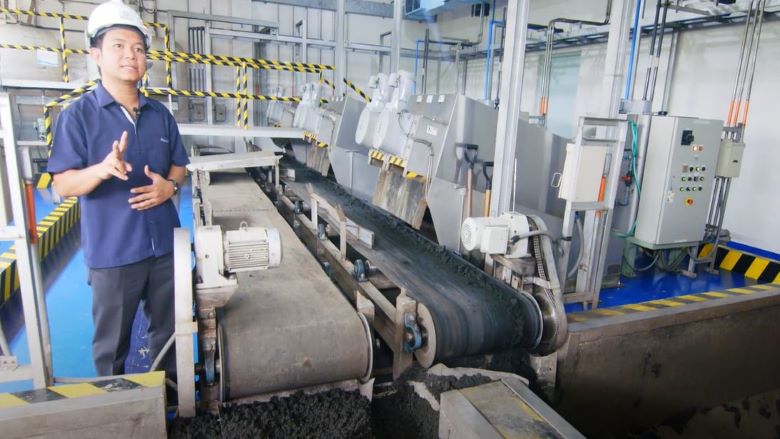 | |
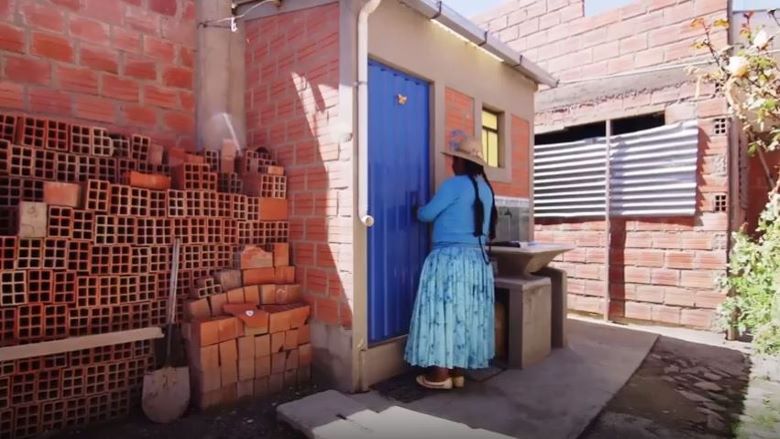 | |
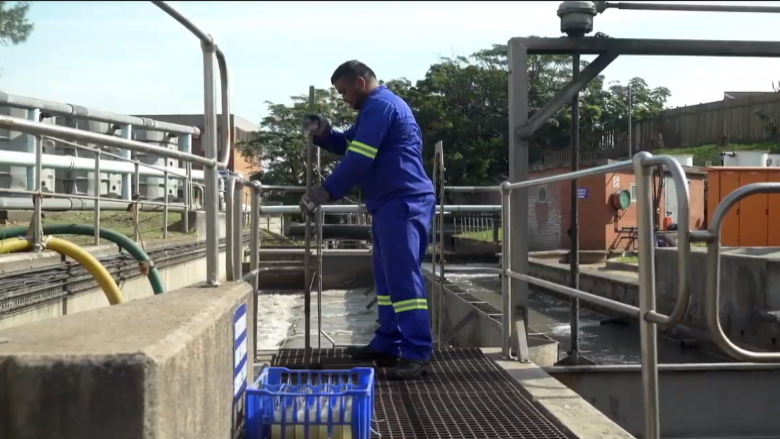 | |
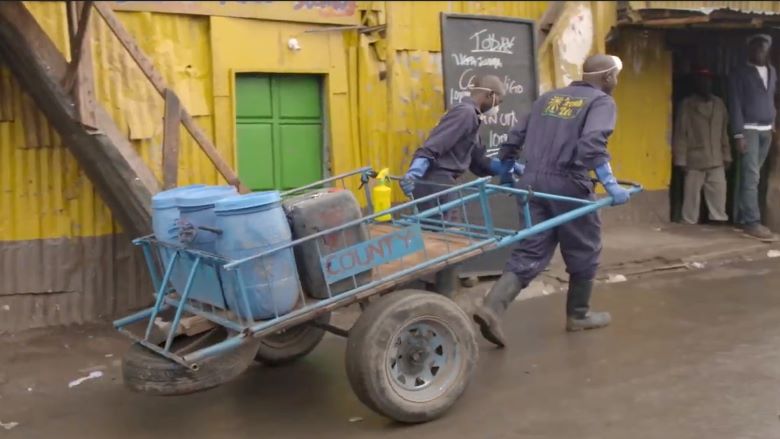 | |
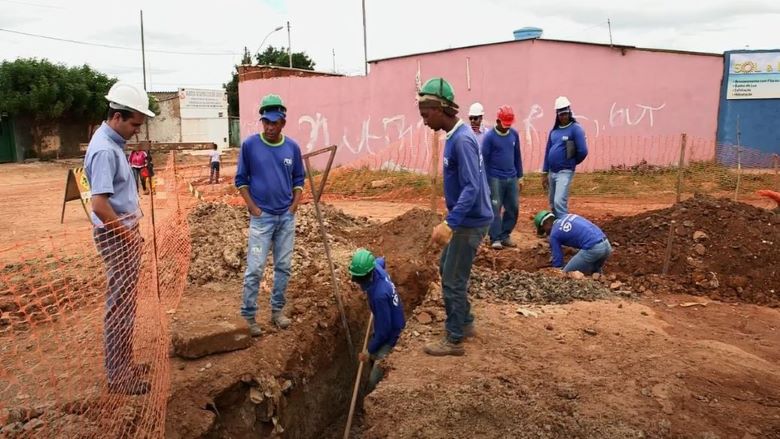 | |
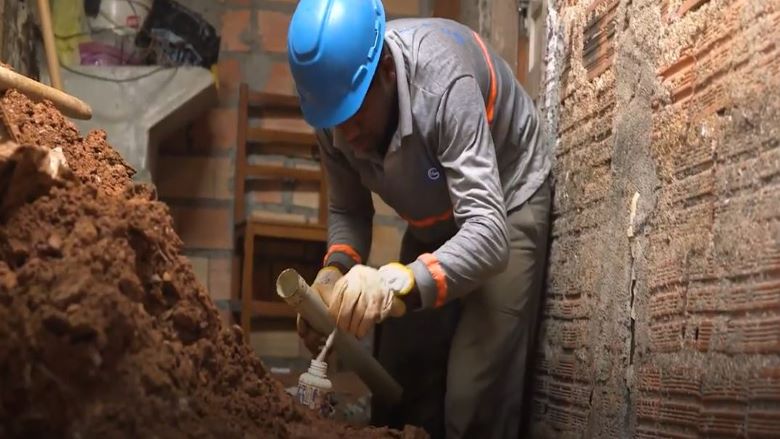 |

